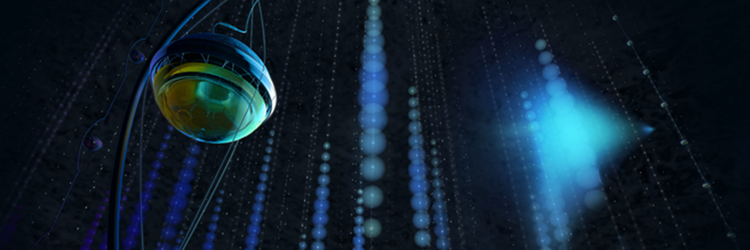IceCube Neutrinos Yield View of Active Galaxy
An international team of scientists gathered new evidence about the energetic core of an active galaxy 47 million light-years away. They used the neutrino particles it emits. NGC 1068, also known as Messier 77, is a high-energy neutrino emitter in the constellation of Cetus. They observed the particles using the IceCube Neutrino Observatory in Antarctica.
Neutrinos are subatomic particles that normally pass, by the trillion, through our bodies and every part of the Earth every second, but they’re hard to detect. The team published their results in the journal Science.
IceCube found the first ever source of neutrinos emitted by TXS 0506+056 in 2018, a distant blazar, from which super-massive black hole-powered particle jets, pointing straight at Earth, emit neutrinos. The NGC 1068 galaxy is about 100x closer, and astronomers have identified around 80 neutrino events so far from the active galaxy. In contrast, NGC 1068 is oriented relative to Earth. Dust obscures a direct view of the central emitting region. Gamma rays are absorbed, but the neutrinos can escape uninhibited from these regions.
Many neutrinos pass clear through the Earth, but some interact in the ice near the detector and create muons. These emit flashes of light are picked up by IceCube’s more than 5,000 optical sensors spread over 86 strings and deployed into holes drilled to nearly 2500 meters depth and now permanently frozen into the deep ice. Scientists use the light patterns to infer the arrival directions and energies of the particles.
A future expansion of the detector, IceCube-Gen2, would detect many more neutrinos, resolve more of these sources and make observations at even higher energies.

